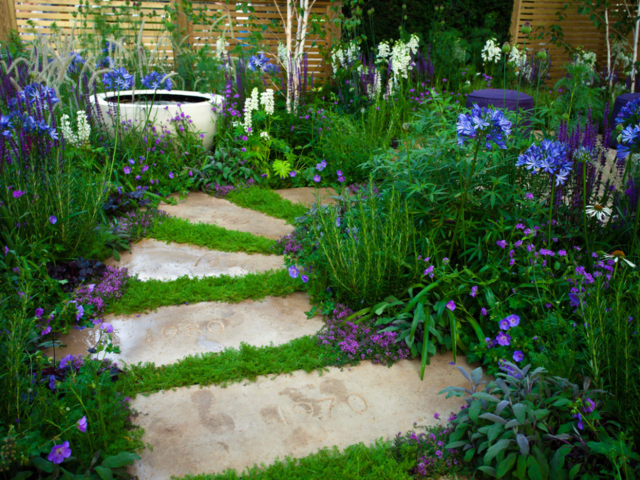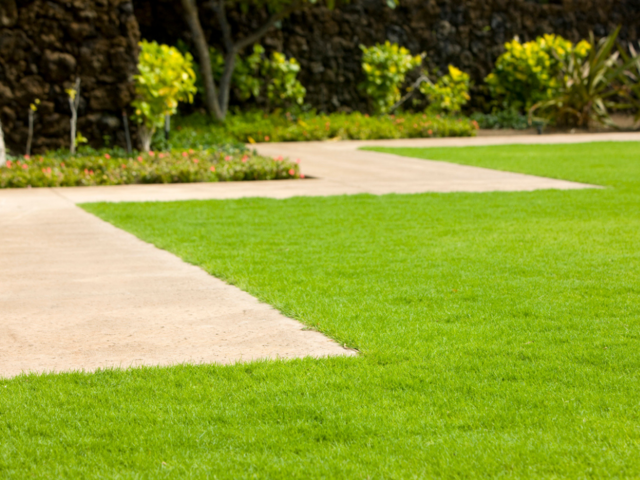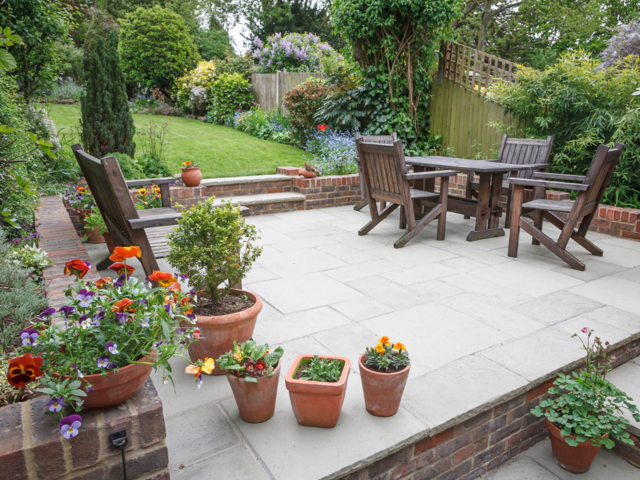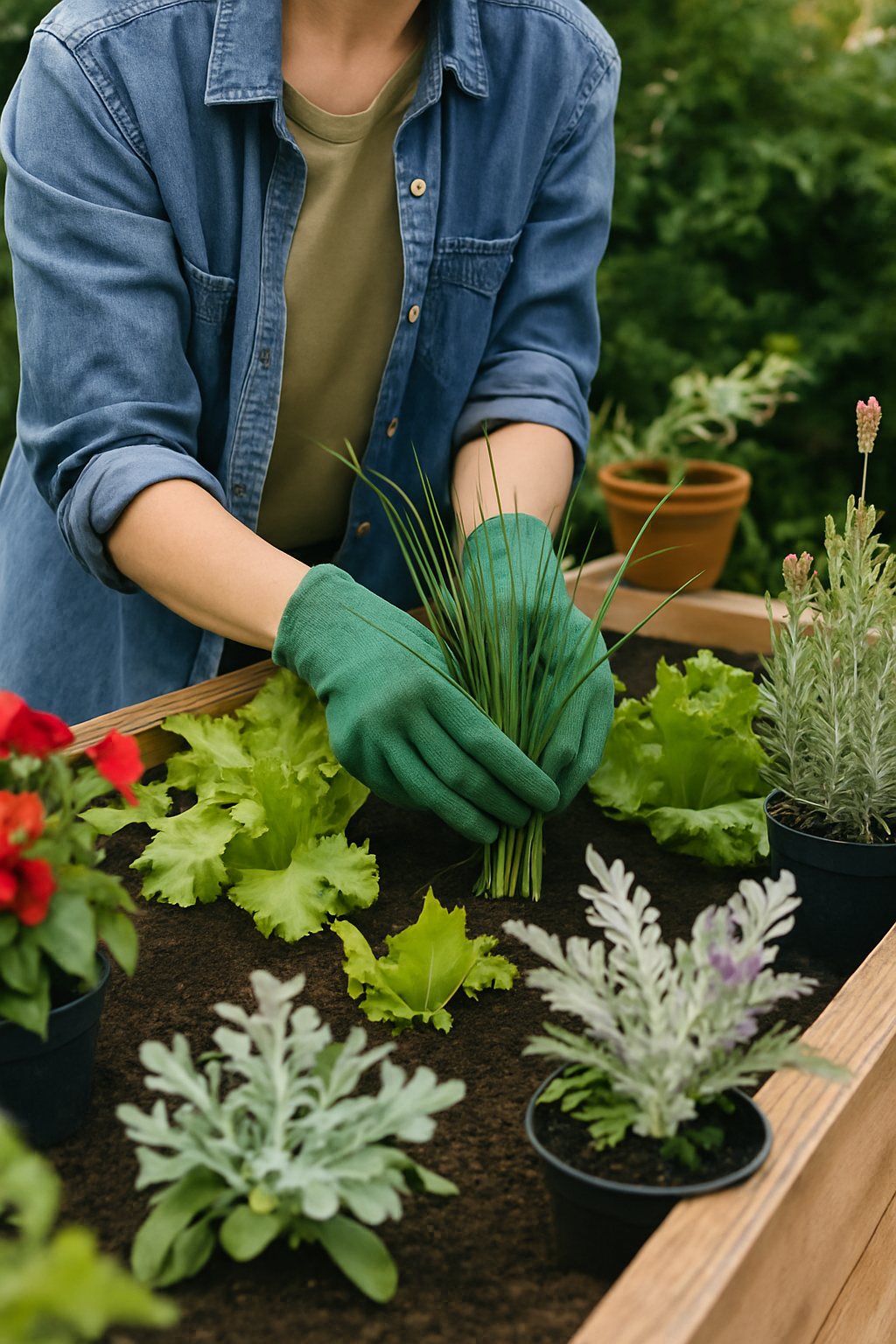Flow in the garden is the sense and feel that the garden gives to you as you enter the outdoor space. Gardens can appeal to us on many levels. One important but often neglected aspect is flow - the way our eyes and bodies move through the space. Without a sense of movement, gardens can seem flat and uninteresting, even if populated with the richest of plantings.
This article explains how you can design and create movement and flow in your own garden.

Image: iStock
Movement & Flow- ‘HOP SKIP & JUMP’
Carefully chosen focal points invite you to walk into the garden, or placing a swing or garden room away from the house gives you a reason to explore your garden. Make the most of a long narrow garden by dividing it into a series of projecting spurs of planting & lawn to create a sense of depth. Zigzag lines are a successful way of focusing attention and creating a sense of movement.
Areas for seating or BBQ must have direct access to the kitchen or utility area and avoid steps where possible. A garden laid on diagonal makes for dynamic vistas in all directions, creating perspective and depth. The diagonal is the longest dimension in a garden layout, and these lines produce effects of dynamic movement, whereas rectilinear ones tend to be calmer and more static.
Bird feeders boxes and water baths bring life and movement to the garden. No space is too small to accommodate a little water feature. Still, water can be used to reflect light and glitter into a dark garden or to create mirror images of nearby objects.
TOP TIP: In a smaller garden, opt for smaller paving units to keep everything in proportion. Mix more expensive materials such as limestone with gravel for a great look at a more affordable price.

Image: iStock
Unity & Rhythm
To avoid a haphazard mix in the garden, set a style. Match your interiors' style to the garden design, such as clean lines and strong shapes for contemporary style.
Patterns in surfaces or materials used inside can be sourced for similar outside use, such as natural stone paving, accessories.
The ground surface of a garden is like the floor in a room. Contrasting plain surfaces with patterned ones, such as smooth Donegal Quartz with mosaic of riverstone pebble and repeating the materials elsewhere in a path, makes for a rich effect and a focal point that creates unity rhythm throughout the garden. Similarly, planted pots, steps arches or plant groupings repeated gives cohesion and leads the eye through the garden.
TOP TIP: In a smaller garden, opt for smaller paving units to keep everything in proportion. Mix more expensive materials such as limestone with gravel for a great look at a more affordable price.

Image: iStock
'Blur the lines’
Soften edges of paving with planting are robust and cascade over the edges of paths, planters, and walls. But choose the right plant for the right place. Select plants that ‘do a lot’ have a scent, flower, berry or year-round interest.
Try and retain existing plants where possible as they will give a well-established feel to your garden when adding new planting.
Plant scented climbers like honeysuckle and wisteria on walls, arches and pergolas, depending on the aspect.
TOP TIP: Plant strongly scented plants like lavender or rosemary along the edges of paths or near seating areas so that when you brush past, you are awakened with a burst of fragrance.

Image: iStock
The most interesting gardens have elements of movement, exploration, and unity weaved throughout their design. Read our article on how to incorporate these elements to make your garden more dynamic and attractive.
Interested in learning more about garden design or pursuing a career in this field? We have the right course to help you succeed.

